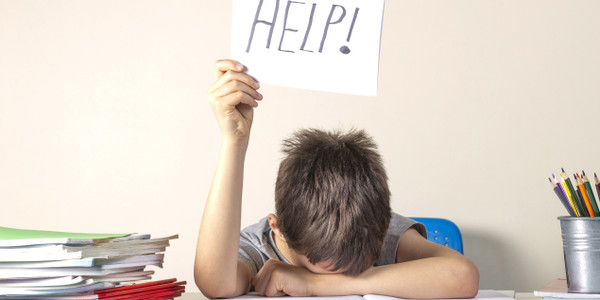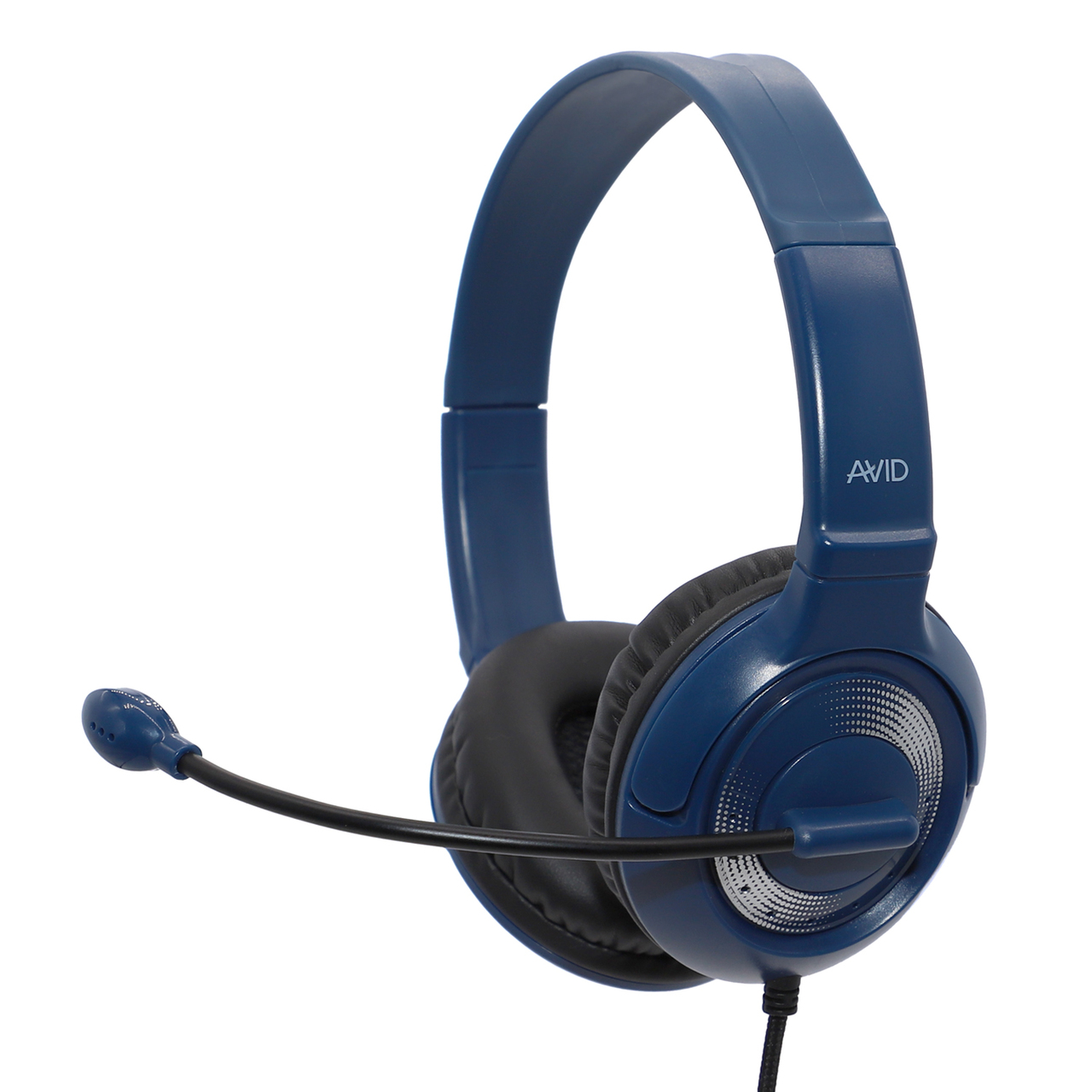Closing the "Learning Loss" Gap
The COVID-19 pandemic changed nearly every aspect of ordinary life almost overnight. Everything we once took for granted -- watching our children’s soccer games, grocery shopping, and having friends over for dinner-- suddenly became fraught with concern over our health and the well-being of our loved ones. Life as we knew it ground to a sudden, frightening halt as new regulations and restrictions were put in place to help minimize the spread of the novel Coronavirus. The resulting closures of restaurants, stores, and offices across the country and around the world continue to affect our economy as we work to rebuild from the events of 2020.
Perhaps one of the most seismic disruptions to our society was the closure of schools due to the pandemic. Students from pre-kindergarten through college were suddenly unable to gather in school buildings for traditional classroom instruction and instead had to quickly pivot to remote learning over Zoom or other video conferencing apps.
This provided a new series of challenges and roadblocks that teachers, parents, and students alike faced as they worked to navigate the uncharted waters of distance learning. For some schools, the mere act of ensuring that each student had access to a reliable internet connection and a laptop or tablet was the most daunting obstacle. Other school districts struggled with maintaining adequate attendance, mitigating issues with technical difficulties, and ensuring that students were effectively learning at a distance when teachers could not physically be there to check their work in real-time.
Parents of school-age children faced their own set of challenges with remote learning. Many parents, who were also working from home due to the pandemic, found themselves having to monitor their children’s school sessions while also trying to attend their own online meetings and do their own work. In a nutshell, remote learning was largely an unpleasant experience for everyone involved, especially in the early days of the pandemic in Spring 2020.
After taking the summer to re-evaluate their remote learning strategies and address the pain points that had arisen over the initial weeks of the COVID-19 pandemic, school districts nationwide were able to fine-tune their remote programming, provide training to teachers on basic usage of equipment and technology, and outfit students in need with Chromebooks, tablets, and school headphones that could be used to optimize their remote learning environment at home. A number of districts even offered payment assistance to families without reliable Wi-Fi in their homes, to better ensure that students would have fewer technical difficulties to overcome in a typical school day. Remote learning, while still not perfect, has come a long way since March 2020, and can now be seen as a viable solution in the future for days when children cannot attend school in person due to inclement weather or other concerns.
But what about the children who struggled the most with online learning? Students who had been placed on IEPs, in addition to ELL/ESL students, were statistically most at risk for losing much of what they had learned prior to the onset of the pandemic. This “learning loss gap,” as it is called, measures how much students may have regressed as a result of being unable to attend school in person.
For school administrators and faculty across the nation, the learning loss gap was always accepted as a foregone conclusion from the start of the pandemic. “One of the things we realize is that no matter how good a job we do, there’s going to be a regression and there’s going to be learning loss,” Mark Secaur, the deputy superintendent of the Hewlett-Woodmere Public Schools in Woodmere, New York, told EducationWeek. “And a lot of the work we’ve done is to try to identify the gaps that will be caused by this and try to mitigate them.”
Closing the Learning Loss Gap in 2021
With the advent of COVID-19 vaccines for people ages 12 and up, and vaccine approval for children under 12 on the horizon, the future is looking much brighter for the 2021-22 school year.
School administrators are planning to use the coming school year and the apparent normalcy that is anticipated to return with it to help close the learning loss gap and bring students back up to pre-pandemic reading and math levels.
For many districts, this means starting the school year early by offering summer school programs at no cost to parents. The Baltimore City School System has taken this one step further, making summer school attendance mandatory for all students in the district who are currently failing in their studies. According to the Baltimore Sun, the mandate has caused some controversy but is still believed by the district to be the best possible way to provide outreach and intervention to the students who need it most.
Other districts that are offering summer school programs on a voluntary or mandatory basis plan to make the best use of available technology to help close the learning loss gap. Specialized learning technology for ELL students allows them to progress and practice at their own individual paces by digitally tracking progress, strengths, and weaknesses to create a customized learning experience.
Students who have access to high-quality school headsets, such as the AE-55 model from AVID, are able to utilize this technology and work through their custom language lessons free from distraction or background noise. Available with both USB and TRRS plugs to accommodate any device, the AE-55 is a top choice for educators for use with listening centers, ELL language learning labs, and more.
Thanks to the dedication and diligence of our teachers and school administrators, as well as the availability of cutting-edge educational technology, school districts nationwide are hopeful that we will be able to effectively close the learning loss gap caused by the COVID-19 pandemic. The road ahead is not going to be an easy one, but our schools are committed to seeing that our students gain back what they’ve lost over the past 18 months and emerge even stronger than before.
Recent Posts
-
NEWS: Encore Data Products Unveils New Brand of Scanning and Translator Pens to Revolutionize Learning and Workspaces
Encore Data Products is thrilled to announce the expansion of its product range with the introductio …Jul 02, 2025 -
Avoid the Summer Slide with Summer School Prep
As educators, we all know the feeling: summer break is a welcome pause, but that peaceful stretch of …Jun 19, 2025 -
Revolutionizing Data Connectivity: A Deep Dive into the SN‑270MUSB’s Performance and Versatility
In today’s rapidly evolving educational landscape, seamless connectivity and reliable audio qu …Jun 19, 2025





